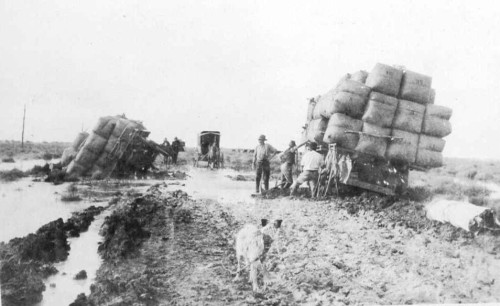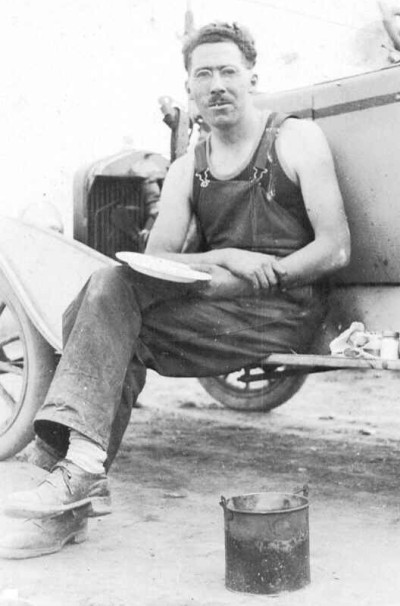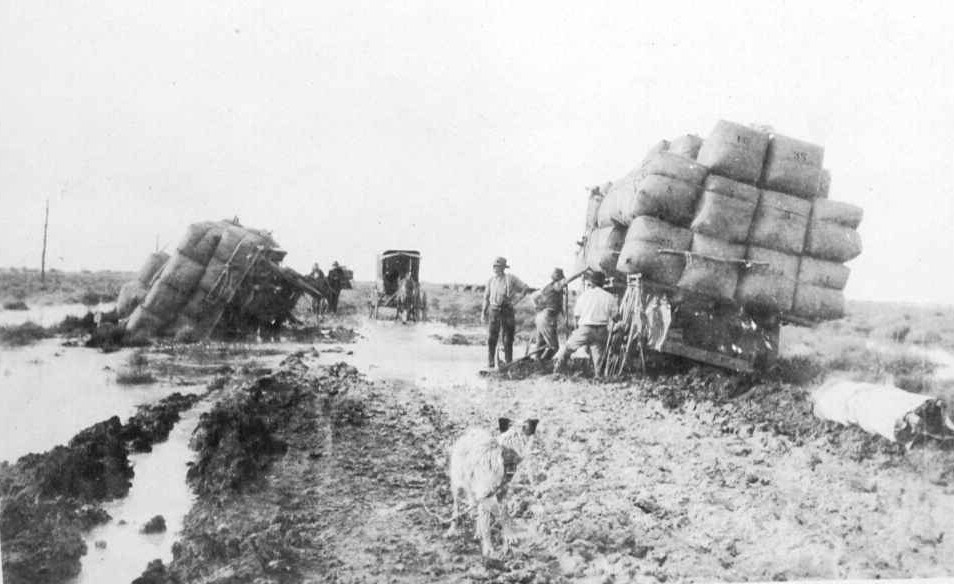One of the most interesting and diverse collections of private papers held by the CSU Regional Archives is the Sharpless collection (RW283). Named after Reginald William Sharpless (c.1900-1985), the collection comprises of correspondence, diaries, photographs, newspaper cuttings, memoriabilia and various other items collected by Sharpless during his life.
Born in England, Reg Sharpless worked in his family’s business until 1923. A chronic asthmatic, Sharpless left England aboard the S.S. Narkunda in search of a dry place to help alleviate his asthma. Sharpless settled in Sydney for several weeks, but with no improvement in his health, he was advised to shift to a dryer climate—somewhere west! This meant Sharpless had two choices: Hay or Bourke (as these were the two western most extremities of the railway line at the time). The toss of a coin made his decision for him, and Sharpless headed for Hay by train, a journey which took approximately 20 hours.
Within three weeks Sharpless found himself with paid employment on Mossgiel Station, 30 miles from Ivanhoe, as a jackaroo. His only problem was that he had no idea what a jackaroo actually did! Other obstacles that Sharpless had to overcome included coming to grips with Australian ‘slang’, dealing with dingos and the small matter of learning how to ride a horse.
In time Sharpless learnt that his job entailed everything imaginable—he was literally ‘a jack of all trades’. The working day began at 7am and did not finish often until 6.30pm. This was the routine, six days a week, with Sunday being a time for rest and recreation, which, more often took the form of tennis, shooting, swimming or picnicking. His daily duties included sheep maintenance, mustering and droving, crutching, general maintenance of vehicles and equipment, fencing, mending telephone lines and repairing wells, windmills and bores. Sharpless wrote later in his diary that he had been asked to use skills and abilities from at least eight different trades including carpentry, painting, engineering, bricklaying, coachbuilding, plumbing and shepherding whilst working at Mossgiel. For this type of work Sharpless got board, food and one pound a week in wages.
Mossgiel Station covered an area of 350 square miles or approximately 250,000 acres. Paddock sizes varied from 10 acres to 10,000 acres. These huge portions, in comparison to the ‘mother-land’, were one of the factors Sharpless had to adjust to. Another was the different flora and fauna. Of these, Sharpless had the greatest difficulty with snakes. He recounts on numerous occasions his first few encounters with these ‘joe-blakes’, with the winner not always being one Reginald Sharpless.
Owing to the enormous distances between properties and people, there were very few occasions where social outings were possible. However, there were some regular events which were never missed by Sharpless and the other jackaroos. These took the form of dances in aid of local hospitals and charities. As a result, people from as fas as fifty miles away would attend, including Sharpless and his drum kit, which became somewhat of a novelty.
Another of his hobbies included photography, and his estimate of six hundred photographs taken during his stay at Mossgiel Station must have been a conservative appraisal. One of these photographs is the now famous shot of the two bogged wool teams, entitled ‘The Bog’ (pictured).

Sharpless remained at Mossgiel Station for a period of two and a half years, before returning to England in 1926, as he had promised his family. The collection held at the CSU Regional Archives contains much of the correspondence between Sharpless and his family during this period.
In later life Sharpless began compiling his memoirs which documented his experience as a jackaroo, and in 1982 published them as a book entitled Pommy in the Outback. In his epilogue to the book Sharpless says “On the scoreboard of my life, I mark up those three brief years as the most rewarding of the eighty I have been blessed with.” A copy of this book can be found in the Sharpless collection held at the CSU Regional Archives.
Reg Sharpless died in 1985 at the age of 84.



Leave a comment